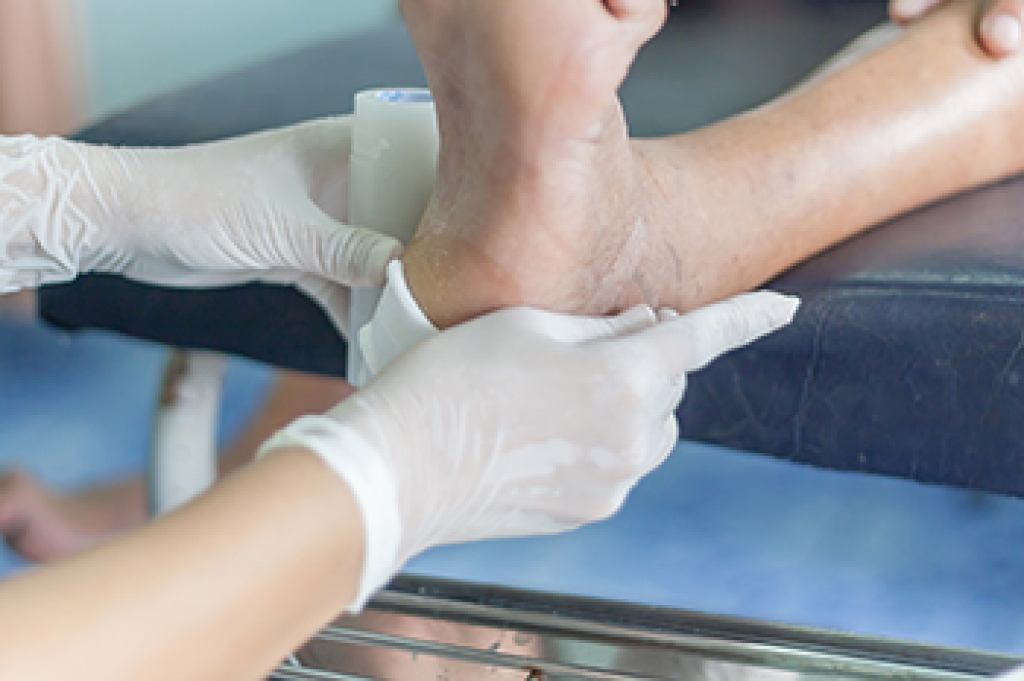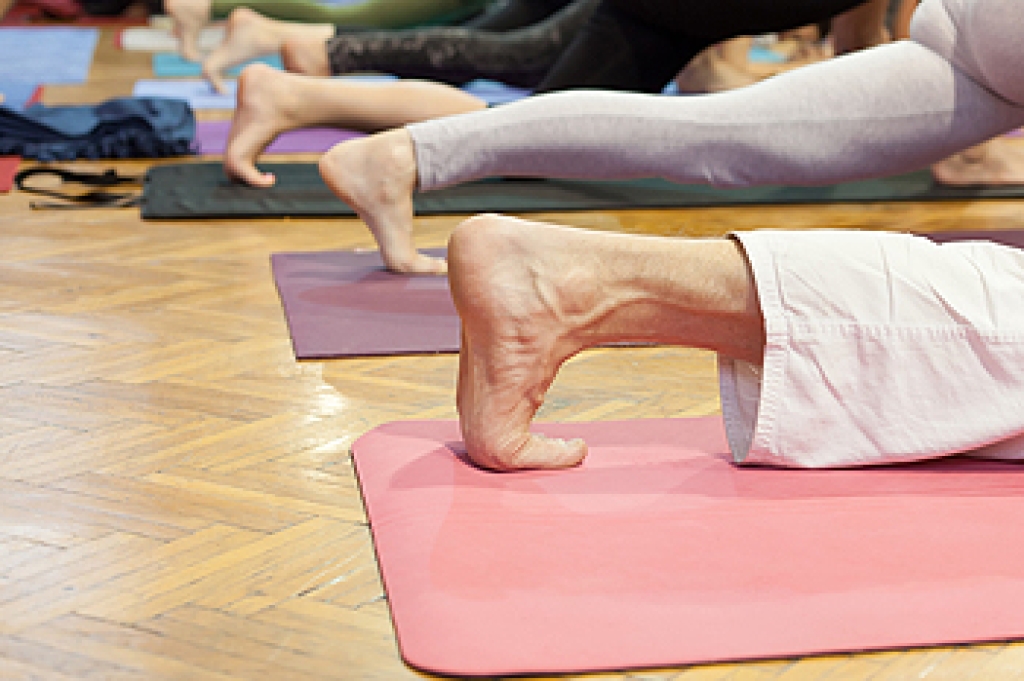
Resistance bands are elastic tools that can be used to strengthen the muscles of the feet and ankles. These bands come in varying levels of resistance, allowing for gradual strengthening of the smaller stabilizing muscles that support balance, arch structure, and gait control. Exercises using resistance bands, such as foot flexes, toe curls, and ankle rotations, help improve flexibility, coordination, and joint stability. They are also useful for those recovering from foot injuries or seeking to prevent strain from repetitive movements. By maintaining proper form during each exercise, the muscles of the feet can become stronger, which supports better movement and reduces the risk of overuse injuries. A podiatrist can assess foot mechanics, identify muscle weakness, and recommend the most effective exercises for specific needs. For guidance on resistance band exercises for the feet, it is suggested that you make an appointment with a podiatrist for a diagnosis and treatment.
Exercising your feet regularly with the proper foot wear is a great way to prevent injuries and build strength. If you have any concerns about your feet, contact one of our podiatrists from Bangor Podiatry. Our doctors can provide the care you need to keep you pain-free and on your feet.
Exercise for Your Feet
Exercise for your feet can help you gain strength, mobility and flexibility in your feet. They say that strengthening your feet can be just as rewarding as strengthening another part of the body. Your feet are very important, and we often forget about them in our daily tasks. But it is because of our feet that are we able to get going and do what we need to. For those of us fortunate enough to not have any foot problems, it is an important gesture to take care of them to ensure good health in the long run.
Some foot health exercises can include ankle pumps, tip-toeing, toe rises, lifting off the floor doing reps and sets, and flexing the toes. It is best to speak with Our doctors to determine an appropriate regimen for your needs. Everyone’s needs and bodies are different, and the activities required to maintain strength in the feet vary from individual to individual.
Once you get into a routine of doing regular exercise, you may notice a difference in your feet and how strong they may become.
If you have any questions, please feel free to contact our offices located in Bangor, Gilbert, and Bethlehem, PA . We offer the newest diagnostic and treatment technologies for all your foot care needs.




